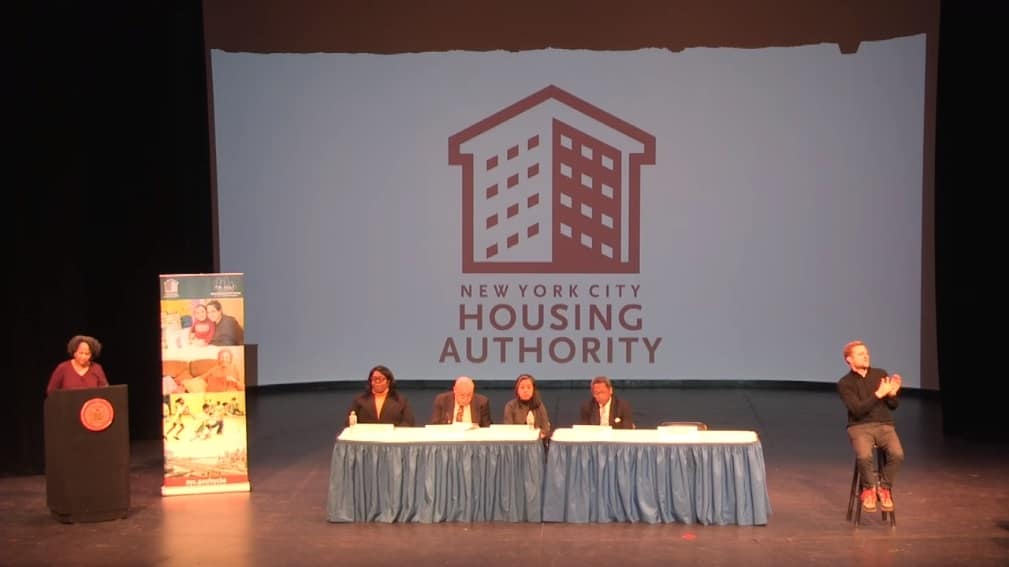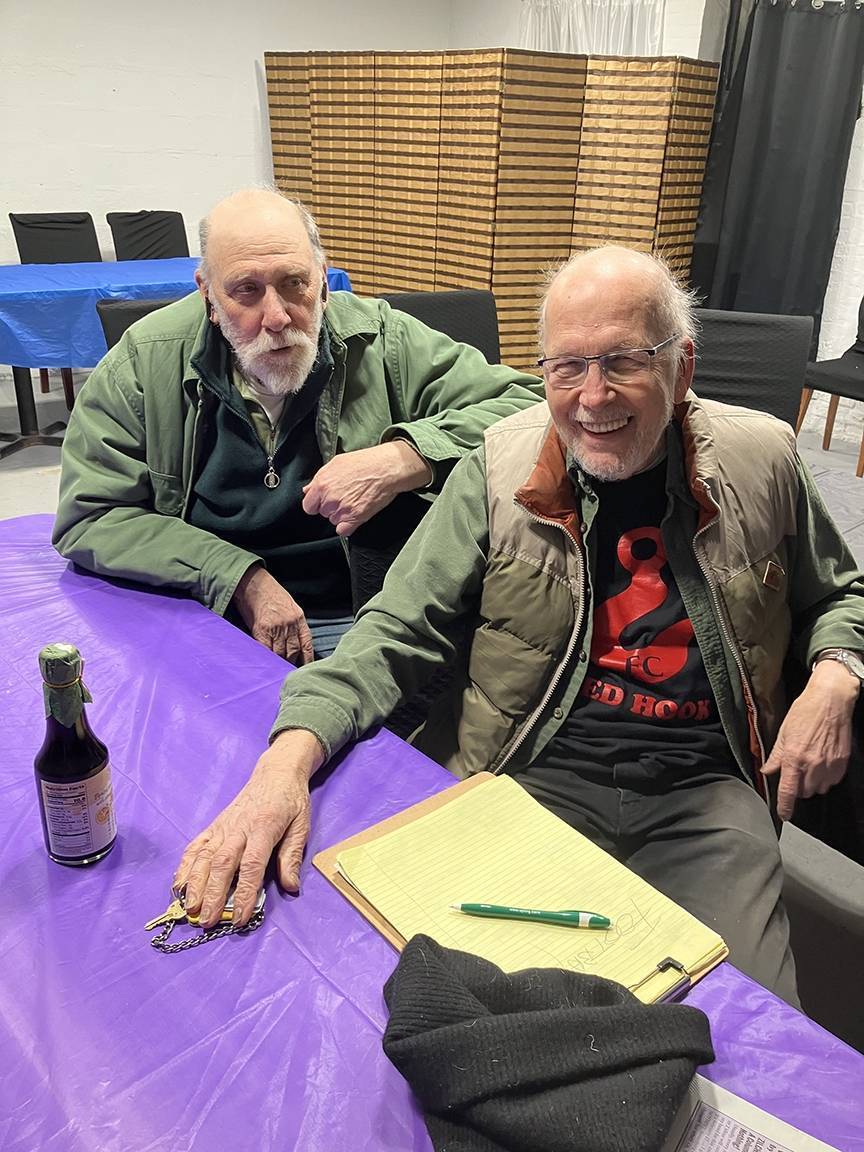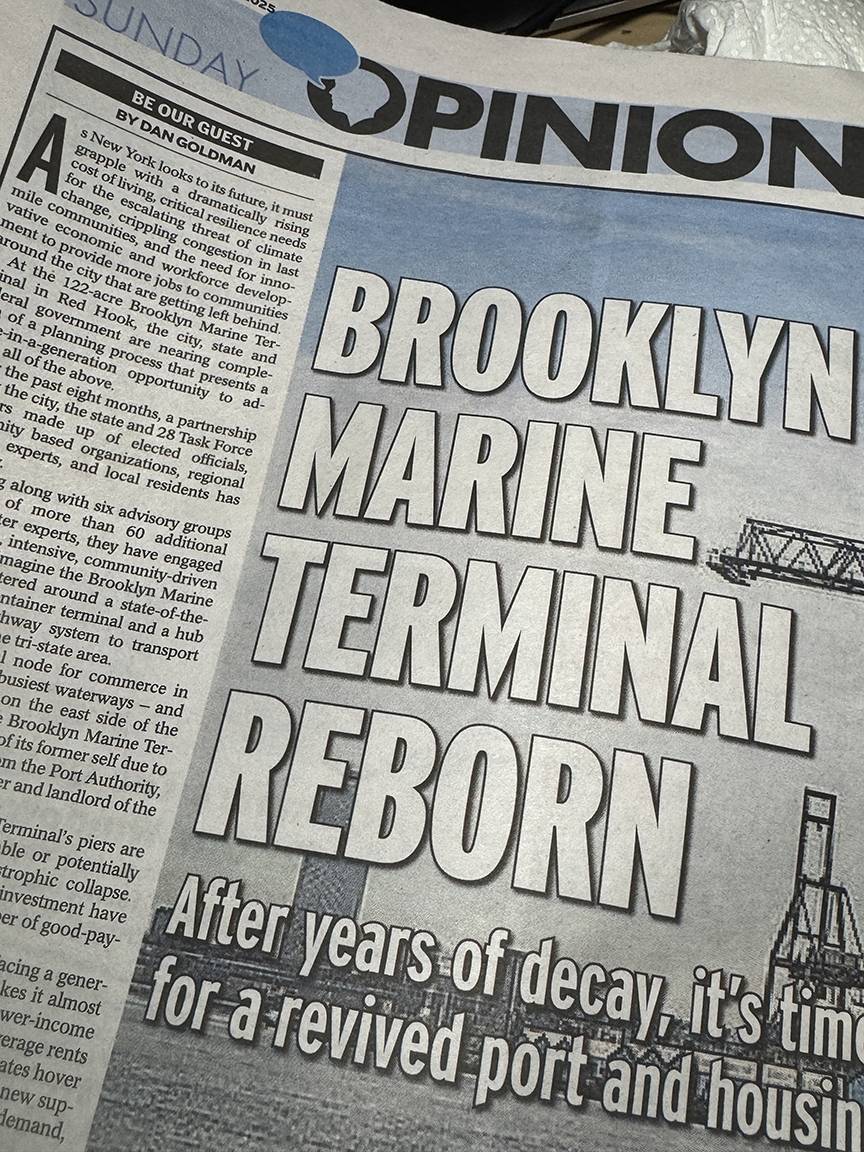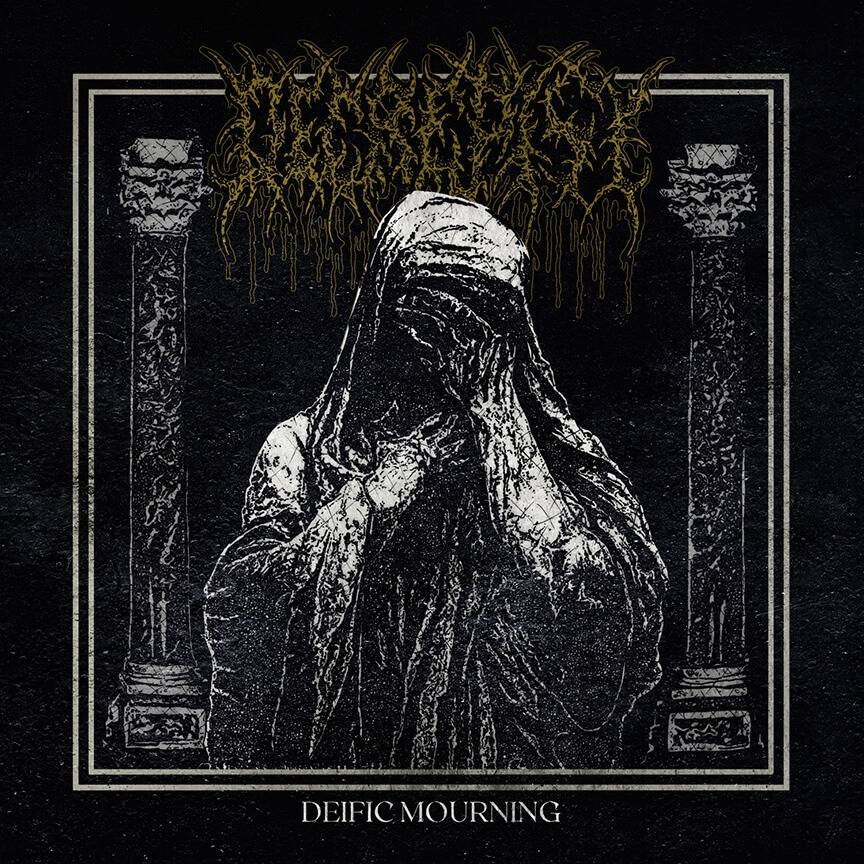On February 13, at the Borough of Manhattan Community College, the New York City Housing Authority (NYCHA) held a public hearing regarding an amendment to its annual plan for 2019. Dated December 27, 2018, the Draft Significant Amendment to the Annual PHA Plan for Fiscal Year 2019 outlines NYCHA’s approach to the new income limit requirements passed down from the Department of Housing and Urban Development (HUD). It also proposes additional means, beyond the preexisting Rental Assistance Demonstration (RAD) program, of transitioning public housing units into private management.
The Housing Opportunity Through Modernization Act of 2016 (HOTMA), signed by President Obama, established that public housing authorities (PHAs) would begin to penalize tenants with incomes exceeding 120 percent of Area Median Income (AMI). Last summer, HUD issued instructions to PHAs for the implementation of the policy, which becomes mandatory nationwide on March 24. HOTMA allows PHAs to choose between evicting over-income households or increasing their rent.
NYCHA will increase their rent. Most NYCHA residents will continue to pay 30 percent of their income toward rent (or a flat rent set by NYCHA if the flat rent is lower), but after two years above the income cap, higher-earning tenants will instead pay the greater of the Fair Market Rent for their unit or an amount (not yet fully specified) that would reflect the public subsidy previously allocated for their unit from NYCHA’s operating and capital budgets. In the New York City region, AMI for a three-person family is $93,900, which means that a family of the same size, living in public housing, would have to earn $112,680 to invoke the new rule.
In addition to providing notice of the HOTMA regulations, the Draft Significant Amendment contains information about NYCHA’s efforts to use additional procedures to speed up the partial privatization of its properties, of which it had already committed one third to RAD. RAD is a HUD program that aims to access private capital to pay for major structural repairs deemed otherwise unaffordable by PHAs through the sale or lease of public housing developments to private landlords, who thereafter receive a stream of guaranteed revenue through Section 8 vouchers. NYCHA has used the term PACT (Permanent Affordability Commitment Together) as the name for its local iteration of RAD, but in 2017, PACT and RAD ceased to operate as synonyms, as the former term began also to encompass “adjacent programs” to bring public housing under private management.
Although RAD has come under fire for failures by PHAs to enforce mandated protections for residents, the program at least theoretically prohibits eligibility re-screenings for tenants in converted buildings and offers the same eviction protections as public housing and continued funding for tenants associations. Perhaps most importantly, its 15-to-20-year Section 8 Housing Assistance Payment contracts, upon expiration, renew automatically in perpetuity; neither HUD nor the private developer can opt out of the deal, which prevents units from falling out of the program and into the private rental market at full price. NYCHA documents don’t specify that public housing conversions that take place outside of RAD are subject to the same conditions.
The conversions in question include eight public housing properties that New York City and New York State built in the 1950s and 1960s and later gave over to NYCHA. These developments, constructed without HUD funding, have never qualified for direct subsidies from HUD and thus do not qualify for the RAD program. Since 2008, HUD has permitted NYCHA to shift units from these buildings one by one to Section 8 upon vacancy, and in 2017, HUD approved the wholesale conversion of certain unfunded developments. The Draft Significant Amendment calls for the conversion of the remainder: the Linden Houses and Boulevard Houses in East New York and 344 East 28th Street and Wise Towers in Manhattan. Although these Section 8 conversions resemble RAD, they technically are executed outside the regulatory framework of the program.
The same goes for public housing units that, per the December amendment, NYCHA plans to put into private hands by way of the Section 18 disposition process. Section 18 of the Housing Act of 1937 has traditionally allowed for demolition of public housing that has become “obsolete as to physical condition” and for “disposition by sale or other transfer of a public housing project” in cases where “retention of the property is not in the best interests of the residents or the public housing agency.”
When PHAs demolish or dispose of public housing, or when a Section 8 landlord pulls out of his contract, HUD issues Tenant Protection Vouchers (TPVs) to affected residents to help pay for their new housing. NYCHA now wants to employ Section 18 for a quarter of the apartments in a cluster of five public housing developments in Bushwick previously approved for RAD – although, in this case, the residents will stay put under new management, which will receive the TPVs.
By NYCHA’s own admission, this use of Section 18 constitutes a scheme to make the RAD conversion more profitable for the private developer, as TPVs can convey larger subsidies than RAD’s Section 8 vouchers, which replicate the operating and capital subsidies allocated for the units as Section 9 public housing: New York City’s “highest-in-the-nation construction costs” and the “extremely high capital needs in the developments… must be offset to create a financeable transaction.” RAD will still power the conversion of 75 percent of the units in the Bushwick developments, concurrent with the Section 18 disposition. HUD announced in 2018 that it would authorize PHAs to blend these processes in order to promote RAD, but ultimately the developer will sign separate contracts for the two sets of units.
Under Section 5A of the Housing Act of 1937, a PHA must annually submit a plan detailing its “goals and objectives” to HUD. It must subsequently make this plan “available for inspection by the public” and conduct a hearing in order “to invite public comment.” NYCHA published the first draft of its 2019 plan last April and held a hearing in May. Each “significant amendment,” however, requires an additional hearing.
At NYCHA’s event at the Borough of Manhattan Community College, host Jenelle Hudson, Director of Resident Engagement, asked attendees to make sure that their comments pertained specifically to the Draft Significant Amendment. Even so, many NYCHA residents used the occasion to voice their complaints about rats, heating outages, and broken elevators.
Manhattan Borough President Gale Brewer criticized NYCHA’s request-for-proposal criteria for private developers interested in RAD conversions. In her view, the terms favor large, for-profit companies. “I, Gale Brewer, will not support any project that isn’t going to be done through a nonprofit community development corporation, period,” she declared.
She also expressed concern about the Section 18 dispositions: “NYCHA promised the same RAD resident rights to Section 18 tenants, but permanent affordability is a right the Section 18 tenants will not have. That’s important. NYCHA must codify language on tenant rights and permanent affordability into Section 18 projects’ legal documents like the regulatory agreement or a document tied to the property that does not have an expiration date.”
Victor Bach of the Community Service Society of New York questioned the process by which NYCHA identifies capital needs prior to RAD conversions. “When NYCHA releases a request-for-proposals to developers in order to carry out the conversion, that RFP contains the scope of rehabilitation work to be done by the developer. In the process of pulling together the capital needs assessment, residents are not directly consulted. The capital needs assessment is carried out by a third party that HUD and NYCHA agree on,” he explained. “We think that it’s outrageous that residents who have been living with failing conditions for years are not being directly consulted about the RAD capital needs assessment before it goes into the RFP and, secondly, that they are not being given an opportunity to review and comment on the capital needs assessment before it’s finally released.”
Joshua Barnett, a NYCHA employee, worried about hiring practices for RAD and PACT projects. “I see a real anti-worker, union-busting aspect of the RAD and PACT program,” he warned. “I don’t see in this program the guarantees that all new hires are going to have civil service and union protection. I don’t see the guarantees for resident hiring. I don’t see the guarantees that people are going to be paid prevailing wage.”
Some NYCHA tenants had their own criticisms of RAD and PACT. Andrea Psoras of Taft Rehab commented, “When there’s erosion of the quality within the buildings, then automatically there’s an assumption: ‘Well, we should just privatize everything.’ And that’s been flawed. So forgive me, but I just think that it’s a poor solution.” Mary McGee of the Fulton Houses lamented, “It feels like NYCHA is abandoning us.”
Darice Hough of Campos Development I disagreed, contrasting the converted campus where he lives with the public housing in Campos Development II. He referred to the former as “the Section 8 private side that a lot of people don’t like but, me, I actually love. So I want to thank you for doing that because there’s no way that NYCHA could’ve ever did what these private owners came in and did to our homes.”










